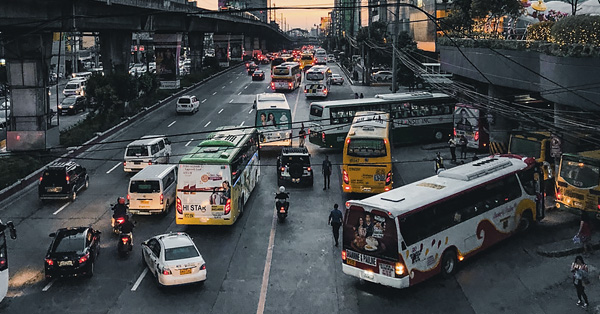To immigrate to the Philippines, one generally requires a valid visa, which can be of various types such as tourist, retirement, employment.

Eligibility Criteria for Immigration
Age Criteria:
- No specific age limit for immigration, but different visa types have age requirements.
- For instance, Retirement Visa requires the applicant to be at least 50 years old.
Health Criteria:
- Prospective immigrants must pass a medical examination, including a physical exam and testing for communicable diseases.
Financial Requirements:
- Immigrants must prove they have the financial means to support themselves.
- This might include providing bank statements or proof of a steady income.
- For instance, Retirement Visa applicants must demonstrate a monthly pension or make a specified deposit in a Philippine bank.
Education and Skills Requirements:
- For certain visas, like the Employment Visa, applicants must demonstrate specific educational qualifications and skills that are in demand in the Philippines.
- These qualifications vary based on the industry and job role.
- More details can be found on the Philippines Department of Labor and Employment website.
Types of Visa and Residency Options
| Visa Type | Details | Cost |
|---|---|---|
| Tourist Visa | For leisure or short business trips. Valid for 59 days. | Approx. $30 USD |
| Retirement Visa | For those 50+ years old with certain financial capabilities. | $10,000-$50,000 USD |
| Employment Visa | For those with a job offer in the Philippines. | Approx. $200 USD |
| Investor Visa | For business investors in the Philippines. | $75,000 USD investment required |
| Permanent Residency | For long-term stay in the Philippines. | $1,000-$5,000 USD |
Immigration Process
Pre-application Process:
Before starting the application process, it is advisable to do thorough research about the Philippines immigration rules and regulations. This includes understanding the different visa types, eligibility requirements, required documents and fees. Applicants should prepare all necessary documents. Information can be found on the Bureau of Immigration website.
Application Process:
Once all documents are ready, applicants can start the application process. This typically involves filling out the application form, submitting it along with the required documents and paying the application fee. For some visas, an interview may be required.
Here’s a general list of documents you may need during the visa application process for immigration to the Philippines:
- Valid Passport: Must be valid for at least six months beyond your planned stay.
- Completed Visa Application Form: Must be fully and accurately filled out.
- Recent Passport-Sized Photographs: Typically, two are required, but check specific guidelines.
- Proof of Financial Capability: This could be bank statements, proof of income, or proof of assets.
- Medical Certificate: From an accredited clinic or hospital, showing you are free from contagious diseases.
- Police Clearance: Showing you have no criminal record.
- Proof of Accommodation: Such as a hotel reservation or letter from a friend or relative living in the Philippines.
- For employment visa: An offer of employment or contract from a company in the Philippines.
- For retirement visa: Proof of retirement and a bank statement showing regular pension income.
- For investor visa: Proof of business or investment in the Philippines.
Post-application Process:
After submission, applicants will need to wait for the application to be processed. The length of this process can vary. Once a decision has been made, the applicant will be notified. If the application is approved, the applicant can then make arrangements for their move to the Philippines.